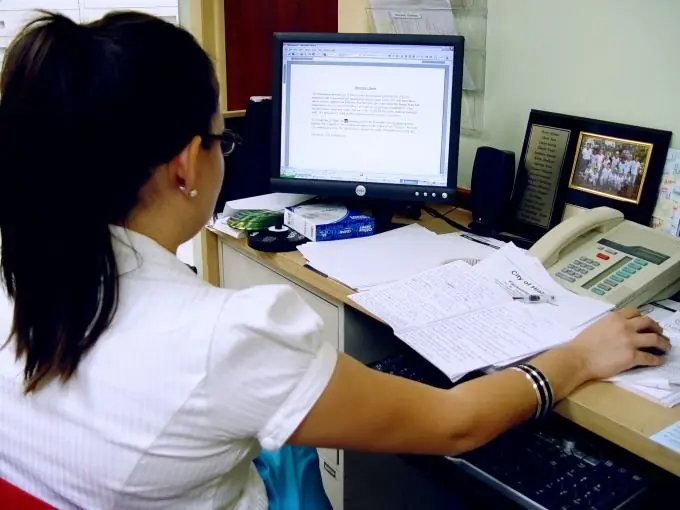The ability to edit a document has already become as much a part of computer literacy as the ability to work in Windows. A well-edited and beautifully designed document looks austere and business-like.

Instructions
Step 1
The first thing to do to edit your document is to check the spelling and punctuation in the text. If you use the MS Word editor, use the built-in automatic check for this. Or, if automatic checking is disabled, press F7. Also check the punctuation of the text. Of course, ideal literacy cannot be achieved, but it is quite possible to avoid the most gross mistakes in this way. Additionally, re-read the document and try to remove from it various stylistic errors that are often found in official texts.
Step 2
Set the desired paper size and text margins from the edges. To do this, go to the File menu and select Page Setup.
Step 3
Select all the text and set a single font for the document. Or, if the structure of the text suggests the use of different styles, apply separate fonts to each section of the document. Also apply center and page alignment to the subheadings and body of the story.
Step 4
To edit the document and make it easier to read, highlight the enumerations, stages and main steps used in the text using numbered and bulleted lists. You can apply different levels and sublevels to them, as well as combine them, expanding, for example, a bulleted list in several numbered steps.
Step 5
If necessary, fill in the numbers of all pages using the menu "Insert" - "Page numbers". Also, set a single end-to-end headers and footers for all pages through the "View" - "Headers and Footers" command.
Step 6
If the document you are editing is large enough, insert a table of contents. To do this, use the menu "Insert" - "Link" - "Table of Contents and Indexes". On the Table of Contents tab, enter levels and select a heading format.






